-
 Bitcoin
Bitcoin $115100
1.27% -
 Ethereum
Ethereum $3675
2.71% -
 XRP
XRP $2.995
1.45% -
 Tether USDt
Tether USDt $1.000
0.02% -
 BNB
BNB $769.8
2.64% -
 Solana
Solana $168.0
3.25% -
 USDC
USDC $0.9999
-0.01% -
 TRON
TRON $0.3371
1.48% -
 Dogecoin
Dogecoin $0.2051
3.36% -
 Cardano
Cardano $0.7394
2.30% -
 Hyperliquid
Hyperliquid $38.15
0.42% -
 Stellar
Stellar $0.3966
-0.36% -
 Sui
Sui $3.486
2.93% -
 Chainlink
Chainlink $16.72
2.52% -
 Bitcoin Cash
Bitcoin Cash $568.0
4.36% -
 Hedera
Hedera $0.2440
2.59% -
 Ethena USDe
Ethena USDe $1.001
0.04% -
 Avalanche
Avalanche $22.16
2.06% -
 Litecoin
Litecoin $119.1
-0.73% -
 UNUS SED LEO
UNUS SED LEO $8.991
0.04% -
 Toncoin
Toncoin $3.232
-0.39% -
 Shiba Inu
Shiba Inu $0.00001233
2.82% -
 Uniswap
Uniswap $9.717
2.53% -
 Polkadot
Polkadot $3.664
1.85% -
 Dai
Dai $1.000
0.01% -
 Monero
Monero $281.2
-3.89% -
 Bitget Token
Bitget Token $4.350
1.55% -
 Cronos
Cronos $0.1428
5.07% -
 Pepe
Pepe $0.00001050
3.68% -
 Aave
Aave $262.3
3.54%
How to scan with Trust Wallet? What to do if the QR code is invalid?
Trust Wallet's QR code scanning feature enables easy crypto transfers and dApp interactions, but invalid codes can be an issue; ensure clear codes and adequate lighting for successful scans.
May 04, 2025 at 12:22 pm

Scanning QR codes with Trust Wallet is a fundamental feature that allows users to easily and securely transfer cryptocurrencies, view addresses, and interact with decentralized applications (dApps). However, users might encounter issues such as invalid QR codes. This article will guide you through the process of scanning with Trust Wallet and provide solutions for dealing with invalid QR codes.
Understanding QR Code Scanning in Trust Wallet
QR code scanning in Trust Wallet is a user-friendly way to initiate transactions, connect to dApps, or share wallet addresses without the need to manually enter long strings of characters. Trust Wallet supports scanning QR codes through the device's camera, making the process quick and efficient.
To scan a QR code, open the Trust Wallet app on your mobile device. Navigate to the section where you need to input an address or connect to a dApp. You will typically find a QR code scanner icon represented by a square with smaller squares inside it. Tap on this icon to activate your device's camera for scanning.
Steps to Scan a QR Code with Trust Wallet
Here are the detailed steps to scan a QR code using Trust Wallet:
- Open Trust Wallet: Launch the Trust Wallet app on your smartphone.
- Navigate to the Relevant Section: Go to the section where you need to enter an address or interact with a dApp. This could be the "Send" section for transferring cryptocurrencies or the "DApps" section for connecting to decentralized applications.
- Activate the Scanner: Look for the QR code scanner icon, usually located near the address input field. Tap on this icon to open the camera scanner.
- Scan the QR Code: Align the QR code within the camera viewfinder. The app will automatically detect and read the QR code.
- Confirm the Action: Once the QR code is scanned, Trust Wallet will populate the relevant field with the information from the QR code. Review the details and proceed with your intended action, such as sending cryptocurrency or connecting to a dApp.
Troubleshooting Invalid QR Codes
Encountering an invalid QR code can be frustrating, but there are several steps you can take to resolve the issue:
- Check the QR Code: Ensure that the QR code is not damaged, blurred, or partially obscured. A clean and clear QR code is essential for successful scanning.
- Lighting and Distance: Make sure you are scanning the QR code in adequate lighting conditions and at an appropriate distance. Too much or too little light can affect the camera's ability to read the QR code.
- Update Trust Wallet: Ensure that your Trust Wallet app is up to date. Sometimes, app updates can fix issues related to QR code scanning.
- Restart the App: Close and reopen Trust Wallet. This simple step can sometimes resolve temporary glitches that might be causing the QR code to appear invalid.
- Use Another Device: If possible, try scanning the QR code with another device. This can help determine if the issue is with your device's camera or the QR code itself.
Alternative Methods to Enter Data
If you continue to experience issues with QR code scanning, there are alternative methods to enter the required information:
- Manual Entry: You can manually type in the address or other required data. This method is more time-consuming but can be effective if QR scanning is not working.
- Copy and Paste: If you have access to the text version of the address or data, you can copy it from another source and paste it into Trust Wallet.
- Use a Third-Party QR Scanner: Some users find success by using a third-party QR scanner app and then manually entering the scanned data into Trust Wallet.
Ensuring QR Code Security
When scanning QR codes, it is crucial to ensure their security to protect your cryptocurrency assets:
- Verify the Source: Only scan QR codes from trusted sources. Malicious QR codes can lead to phishing attempts or direct you to fraudulent websites.
- Double-Check Addresses: After scanning a QR code, always double-check the address or data it contains before proceeding with a transaction. This can prevent sending funds to the wrong address.
- Use Secure Connections: When connecting to dApps via QR codes, ensure that you are using a secure internet connection to minimize the risk of data interception.
Common Issues and Solutions
While scanning QR codes with Trust Wallet is generally straightforward, users might encounter various issues. Here are some common problems and their solutions:
- QR Code Not Detected: If the camera does not detect the QR code, try adjusting the lighting or distance. You can also restart the app or use another device.
- App Crashes During Scanning: This could be due to an outdated app version. Update Trust Wallet to the latest version and try again.
- QR Code Contains Invalid Data: If the QR code contains data that Trust Wallet cannot process, ensure that the QR code is meant for use with Trust Wallet and that it is not corrupted.
FAQs
Q: Can I scan QR codes from printed materials with Trust Wallet?
A: Yes, you can scan QR codes from printed materials as long as they are clear and undamaged. Ensure that the lighting is adequate and the QR code is within the camera's focus range.
Q: Is it safe to scan QR codes from unknown sources?
A: It is not recommended to scan QR codes from unknown or untrusted sources. Malicious QR codes can lead to phishing attacks or direct you to fraudulent websites. Always verify the source before scanning.
Q: What should I do if the QR code scanner in Trust Wallet is not working at all?
A: If the QR code scanner is not working, try updating the app to the latest version. If the issue persists, restart your device or reinstall the app. You can also try using another device to scan the QR code.
Q: Can I use Trust Wallet to scan QR codes for non-cryptocurrency purposes?
A: Trust Wallet is primarily designed for cryptocurrency and blockchain-related activities. While it can technically scan any QR code, it is best used for its intended purposes within the cryptocurrency ecosystem.
Disclaimer:info@kdj.com
The information provided is not trading advice. kdj.com does not assume any responsibility for any investments made based on the information provided in this article. Cryptocurrencies are highly volatile and it is highly recommended that you invest with caution after thorough research!
If you believe that the content used on this website infringes your copyright, please contact us immediately (info@kdj.com) and we will delete it promptly.
- HashFlare Founders Face the Music: Jail Time Looms?
- 2025-08-07 14:30:12
- Toshi on Binance.US: A Memecoin's Big Break
- 2025-08-07 14:30:12
- Bitcoin, SPAC Mergers, and Parataxis: A New Yorker's Take on Crypto's Wall Street Moment
- 2025-08-07 14:50:27
- Bitcoin, Collateral, and Loan Strategies: A New York Minute on the Future of Finance
- 2025-08-07 14:50:27
- Ethereum's Bullish Surge: Reclaiming Crypto Leadership, a New York Minute
- 2025-08-07 14:55:12
- BlockDAG, Litecoin, and Cardano: Charting the Course in Crypto's Dynamic Waters
- 2025-08-07 09:09:06
Related knowledge
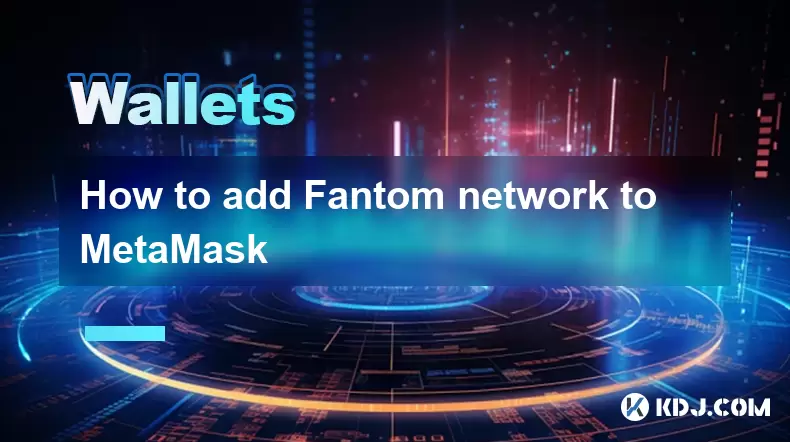
How to add Fantom network to MetaMask
Aug 07,2025 at 08:21am
Understanding the Fantom Network and MetaMask IntegrationThe Fantom network is a high-performance, scalable, and secure blockchain platform designed f...
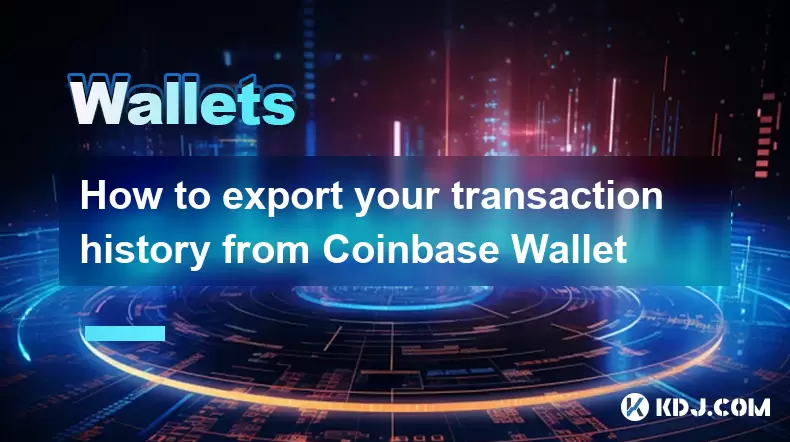
How to export your transaction history from Coinbase Wallet
Aug 07,2025 at 06:50am
Understanding Coinbase Wallet and Transaction HistoryCoinbase Wallet is a self-custodial cryptocurrency wallet that allows users to store, manage, and...
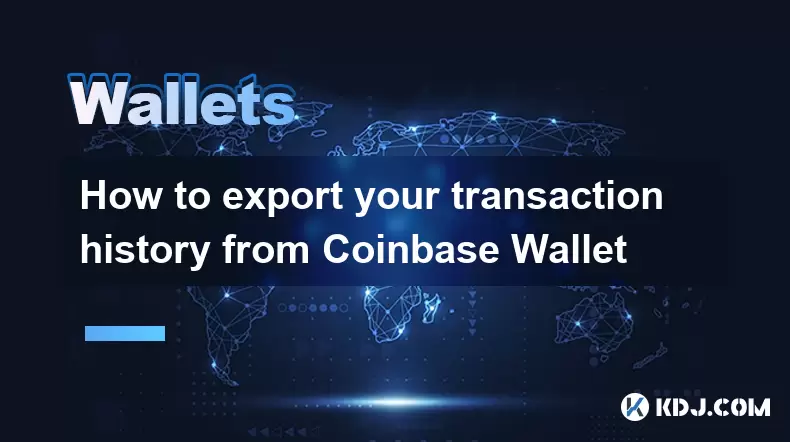
How to export your transaction history from Coinbase Wallet
Aug 07,2025 at 08:49am
Understanding Coinbase Wallet and Transaction HistoryCoinbase Wallet is a self-custodial cryptocurrency wallet that allows users to store, manage, and...
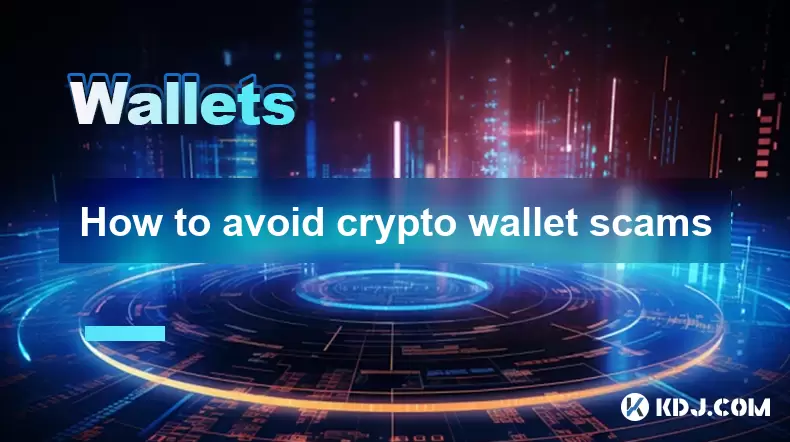
How to avoid crypto wallet scams
Aug 07,2025 at 02:21pm
Understanding Common Types of Crypto Wallet ScamsCrypto wallet scams come in various forms, each designed to exploit user trust, technical ignorance, ...
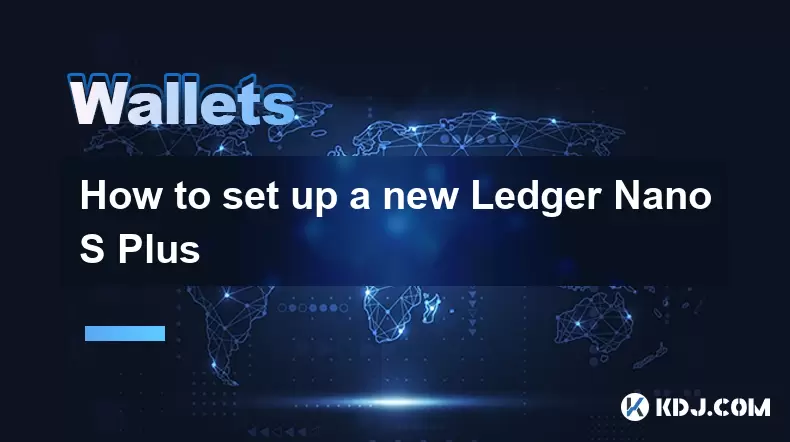
How to set up a new Ledger Nano S Plus
Aug 07,2025 at 06:01am
Unboxing and Initial InspectionWhen you receive your Ledger Nano S Plus, begin by carefully unboxing the package. Inside, you should find the Ledger N...
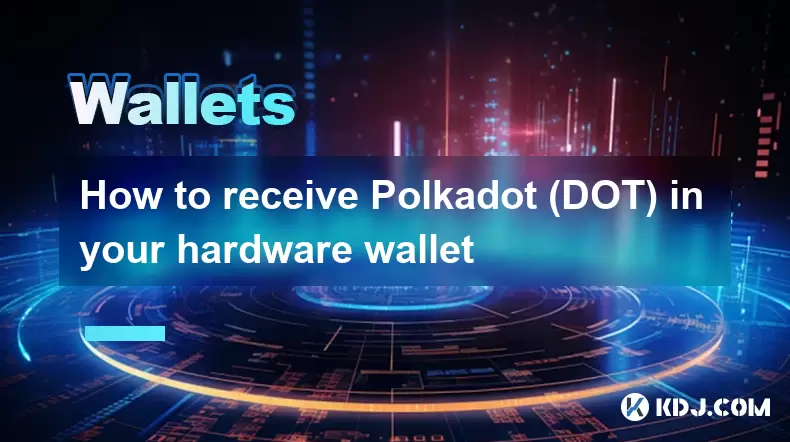
How to receive Polkadot (DOT) in your hardware wallet
Aug 07,2025 at 07:03am
Understanding Polkadot (DOT) and Hardware Wallet CompatibilityReceiving Polkadot (DOT) into a hardware wallet begins with understanding the ecosystem ...

How to add Fantom network to MetaMask
Aug 07,2025 at 08:21am
Understanding the Fantom Network and MetaMask IntegrationThe Fantom network is a high-performance, scalable, and secure blockchain platform designed f...

How to export your transaction history from Coinbase Wallet
Aug 07,2025 at 06:50am
Understanding Coinbase Wallet and Transaction HistoryCoinbase Wallet is a self-custodial cryptocurrency wallet that allows users to store, manage, and...

How to export your transaction history from Coinbase Wallet
Aug 07,2025 at 08:49am
Understanding Coinbase Wallet and Transaction HistoryCoinbase Wallet is a self-custodial cryptocurrency wallet that allows users to store, manage, and...

How to avoid crypto wallet scams
Aug 07,2025 at 02:21pm
Understanding Common Types of Crypto Wallet ScamsCrypto wallet scams come in various forms, each designed to exploit user trust, technical ignorance, ...

How to set up a new Ledger Nano S Plus
Aug 07,2025 at 06:01am
Unboxing and Initial InspectionWhen you receive your Ledger Nano S Plus, begin by carefully unboxing the package. Inside, you should find the Ledger N...

How to receive Polkadot (DOT) in your hardware wallet
Aug 07,2025 at 07:03am
Understanding Polkadot (DOT) and Hardware Wallet CompatibilityReceiving Polkadot (DOT) into a hardware wallet begins with understanding the ecosystem ...
See all articles

























































































